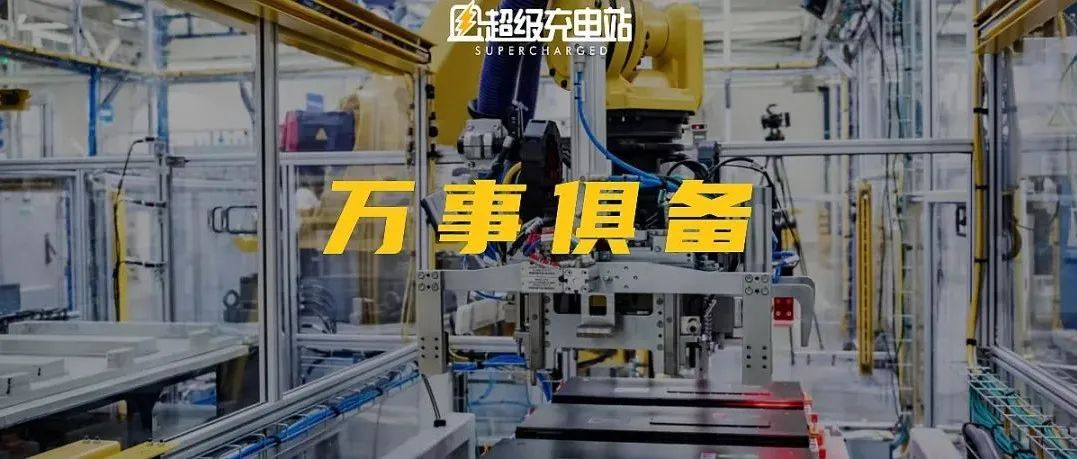Author: James Yang Jianwen
On October 16, the SAIC-GM Ultium Altium Super Plant officially started production in Jin Qiao, Pudong New Area, Shanghai.
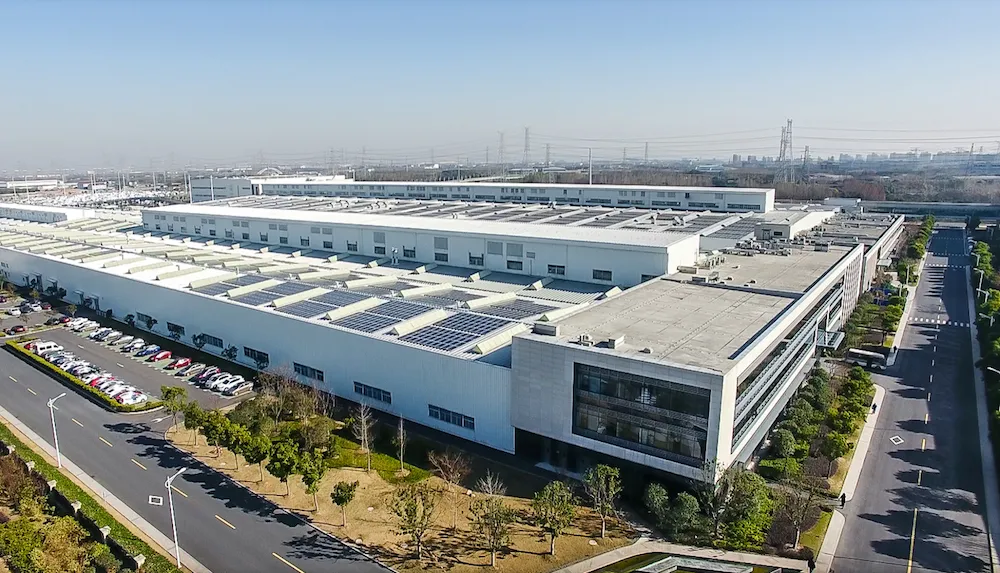
Many people may find this place familiar because it used to be the SAIC-GM Power Battery System Development Center. Previously, many of SAIC-GM’s electric vehicles had their power batteries assembled and shipped from here, such as the Buick Velite 7 and Velite 6 PHEV.
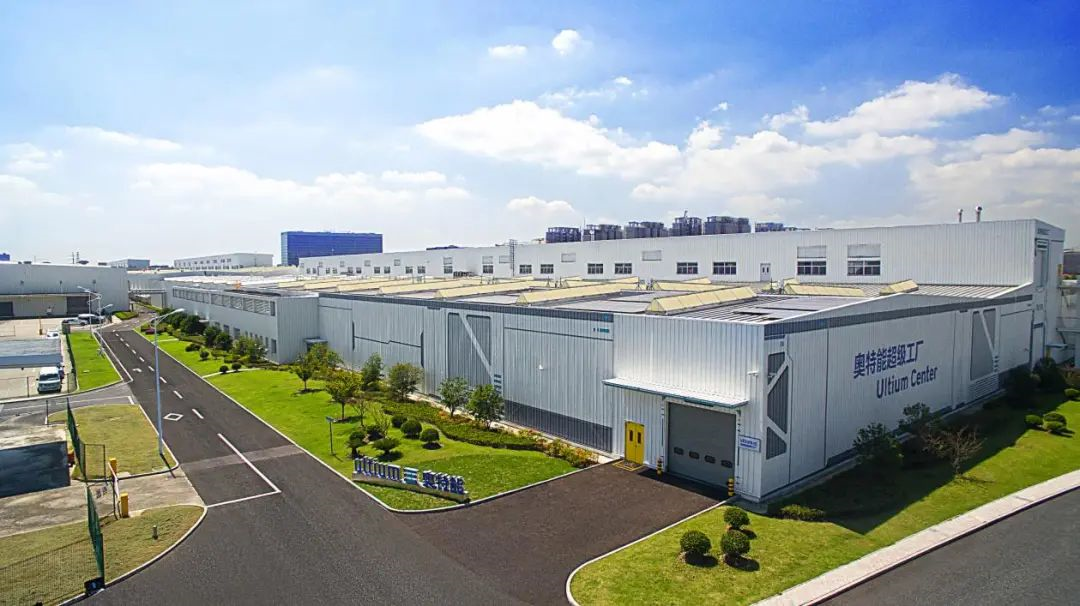
Now, this place has officially upgraded to the Ultium Altium Super Plant, with a product line covering light hybrid, plug-in hybrid, pure electric and other new energy vehicle battery systems. The plant adopts the assembly process, technical standards and quality control management consistent with General Motors North America.
Upgrades
Wireless communication technology for battery testing
The battery management system of the Ultium Altium platform adopts wBMS wireless battery management technology. Correspondingly, the Altium Super Plant is also the first in the world to adopt wireless communication technology to detect battery performance.
The benefit is to avoid parts damage caused by the traditional battery testing interface insertion and extraction, thus improving assembly quality and production line efficiency.
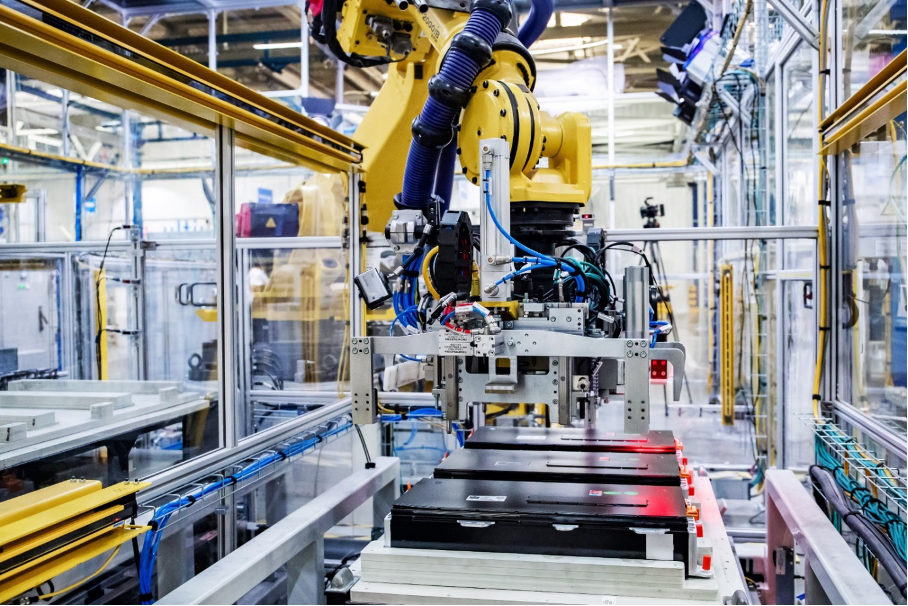
At the same time, the system can simulate the actual operating conditions of the battery pack in the vehicle for charging and discharging, collecting and judging temperature rise, current, voltage data, with up to 3,000 measuring points.
Meanwhile, the system also conducts multi-channel detection on the insulation testing of the battery, and uses infrared thermal imaging equipment to monitor the temperature of the battery pack in real time. The staff can view the battery status on the screen in front to ensure the safety and reliability of the battery quality.
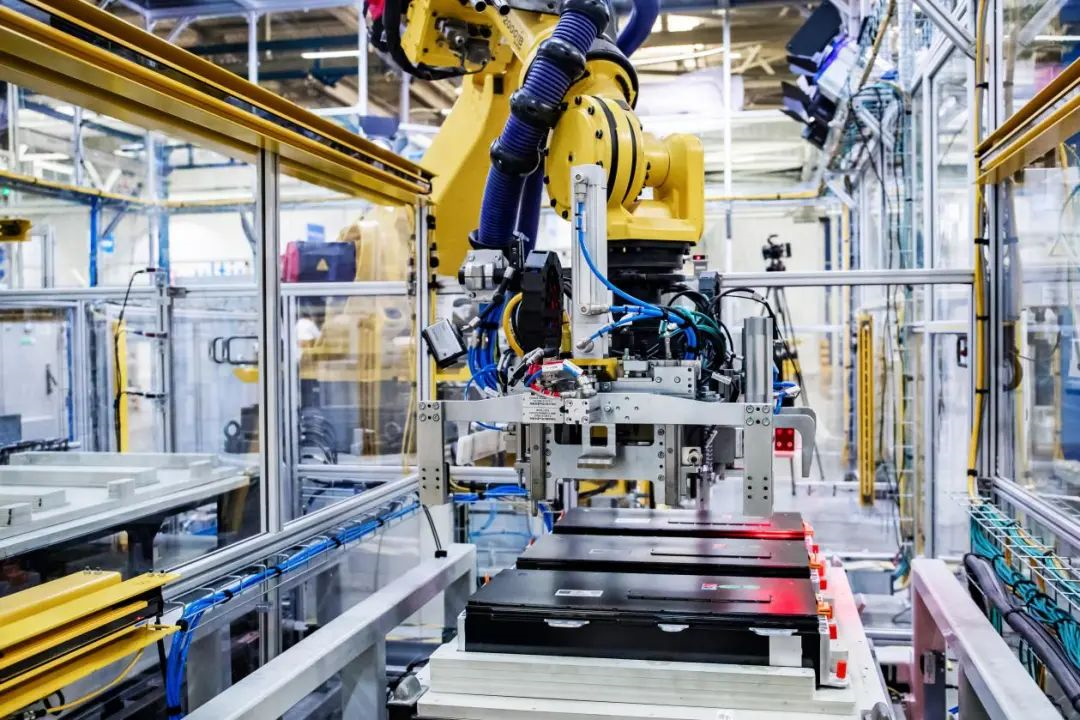
Interestingly, the entire test discharge process can also perform “energy recovery”, and excess electricity will be charged back to the power grid in reverse.
Professional assembly process
The gluing and cover sealing processes in the Altium Super Plant’s battery production are all completed automatically by robots based on digital twin technology.
 For digital twin technology, the definition on Baidu Baike is, “By utilizing the physical model, sensor updates, operational history, and other data, the simulation processes of multiple disciplines, physical quantities, scales, and probabilities are integrated to complete the mapping in virtual space and reflect the entire life cycle process of corresponding physical equipment.”
For digital twin technology, the definition on Baidu Baike is, “By utilizing the physical model, sensor updates, operational history, and other data, the simulation processes of multiple disciplines, physical quantities, scales, and probabilities are integrated to complete the mapping in virtual space and reflect the entire life cycle process of corresponding physical equipment.”
In the production process of the Oter Energy Super Factory, this means that the equipment processing plan goes through hundreds of virtual simulations for process parameters such as trajectory, speed, and glue output, and the optimal program output from the simulation is used for on-site equipment during production.
At the same time, high-precision assembly is achieved through 3D visual positioning, which can achieve a measurement accuracy of less than 0.1 mm, roughly equivalent to the diameter of a single hair. This high-precision assembly process provides an excellent guarantee for the Oter Energy battery pack to achieve the IP67 dustproof and waterproof rating and the IP6K9K high-pressure water spray protection sealing rating.
For the tightening process, SAIC-GM uses ultrasonic positioning technology. The ultrasonic generator and receiver accurately locate the bolt position, and the relevant information is also displayed on the computer next to the workstation to ensure the tightening sequence of the bolts. Behind the bolts, the torque monitoring guarantees that every bolt has been tightened to ensure assembly quality. At the same time, this torque data is uploaded to the IT system, so that data from every battery assembly process can be traced and queried.
It is worth mentioning that the Oter Energy Super Factory places processes such as feeding, gluing, and tightening in one area, which greatly improves the efficiency of battery production.
As the heart of electric vehicles, the power battery needs to supply power to high-power devices such as the drive system. Therefore, the sealing quality of the battery pack housing and battery cooling system directly affects the reliability and safety of the battery system.
SAIC-GM has put in a lot of effort into controlling the sealing quality of the product at the Oter Energy Super Factory. Starting from the components of the battery system, the workshop uses high-precision airtightness testers to perform a 100% airtightness test on incoming materials, processes, and assemblies, and the results can be traced throughout the product life cycle. The airtightness testing limit of the entire battery pack is 10 times more stringent than the industry average.## SAIC-GM’s Localization Efforts are Here
SAIC-GM announced in April at the Day of Technology that it will invest ¥50 billion in electrification and intelligent connectivity, with the Ultium Optimum super factory being one of the important projects of the initiative.
In testing, the factory is equipped with filling materials that prevent deformation of sheet metal parts during testing and further improve testing accuracy and product quality by minimizing the testing chamber size.
To achieve more precise sealing tests, the factory utilizes machine learning algorithms to compensate for variations in test temperature based on existing leak test curve data, rapidly and accurately providing test results that ensure product quality.
The factory workers informed me that the SAIC-GM battery system must pass four leak tests, two electrical performance tests, four IT system comparison tests, and over 100 visual system and sensor tests to meet the standard for qualified production.
It’s no surprise that this large factory takes such a cautious approach.
The first SUV, Lyriq, a luxury intelligent all-electric vehicle crafted on the Ultium Optimum electric vehicle platform, will launch pre-sales later this year and officially go on sale next year.
By 2025, SAIC-GM will launch over 10 new domestic new energy vehicle models based on the Ultium Optimum electric vehicle platform, covering its three major brands, multiple categories, and various sub-markets.
The factory’s importance is self-evident.
Additionally, relying on a localized business chain system, over 95% of the components for the Ultium Optimal platform are locally sourced, which is an exceptionally high rate. For example, according to official reports, the Tesla Shanghai Gigafactory will only achieve a 90% localization rate by the end of this year.
This means that Ultium Optimum has a strong emphasis on cost control.
“The completion and operation of the Ultium Optimum super factory, coupled with the March launch of the Pan Asia New Energy Experimentation Tower and Guangde Battery Safety Testing Laboratory, two “Three Power” system testing centers, marks that SAIC-GM has established an entire new energy system with full chain capabilities, ranging from technology research and development, experimentation and verification, production and manufacturing, to local procurement.”
As the saying goes, “an army marches on its stomach.” For SAIC-GM, the Ultium Optimum super factory is that “stomach.” With the foundation in place, SAIC-GM can smoothly begin mass production of the Ultium Optimum platform vehicles according to plan.As I took a last glance at the factory while leaving by car, I felt like I was not seeing a factory, but a big cannon. The carriage is now set, the next thing to observe is where it will be fired towards.
This article is a translation by ChatGPT of a Chinese report from 42HOW. If you have any questions about it, please email bd@42how.com.
